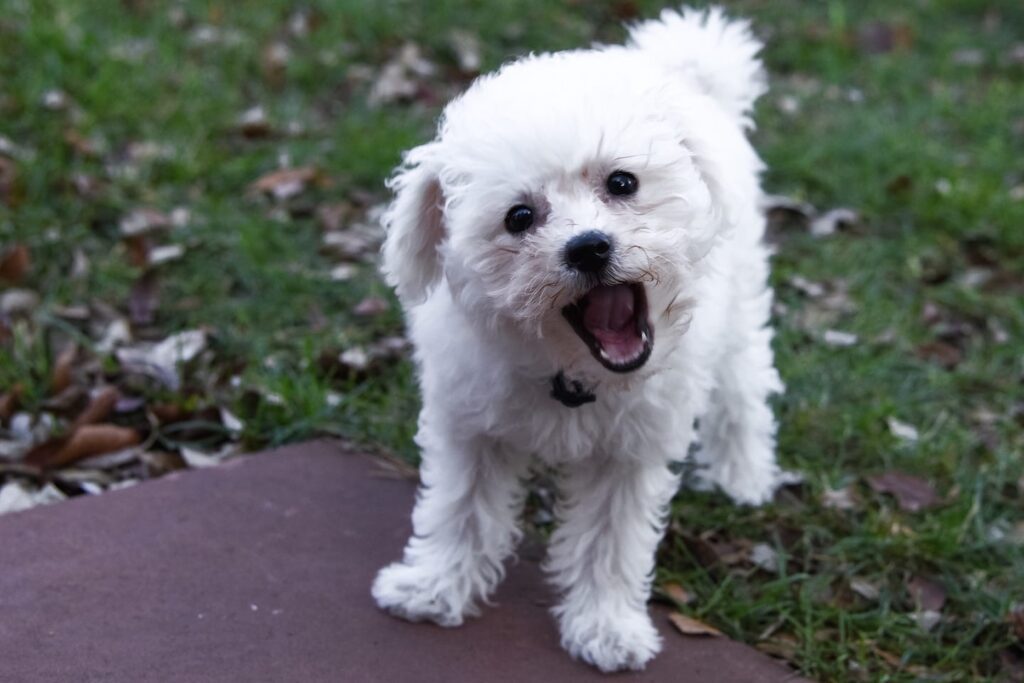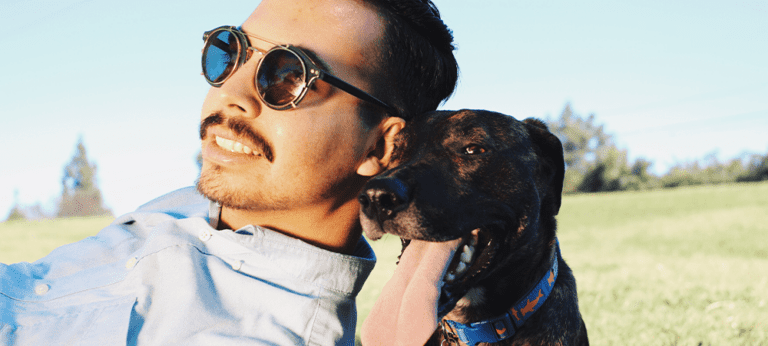Understanding Fear Aggression in Dogs


For many dog owners, everyday activities can turn stressful when their normally well behaved pet displays aggressive behavior towards friends, family, and even objects around the house. If a dog exhibits this type of sudden personality change, it can sometimes be associated with fear aggression, a type of dog aggression triggered by the dog’s belief that a person or object is threatening.
While dog behavior problems can be frustrating, fear aggression is especially challenging because the dog may risk being labeled as dangerous or mean, even though it is only frightened. Treating this type of dog behavior should be a high priority and can greatly improve both an owner and pet’s quality of life.
Recent studies have traced fear aggression to a dog’s environment when they are just a puppy. Dogs that are isolated and have little contact with humans during the ages of three to twelve weeks are an astonishing 580 times more likely to struggle with fear aggression later in life. Tragically, this condition can escalate as a dog is avoided by people due to its aggressive behavior. Animals raised in puppy mills with little human contact and in substandard conditions are at risk for fear aggression.
Fearful behavior can also seem targeted at certain relatives or friends. Dogs are more likely to exhibit fear aggression towards types of people who have frightened them in the past, often singling out men and children. Children are particularly at risk because they often interact with dogs in less controlled ways. A child may not realize that grabbing a dog’s tail, fussing with its ears, or trying to ride it like a pony are all things that may make a dog uncomfortable or fearful.
Fear aggression can look similar to other types of aggression, but there are many important differences. Fear-aggressive dogs will bark and try to intimidate people they feel threatened by, but they will often do so from a greater distance (or behind an object like a table) and will place their weight on their back foot, signaling they would rather run than fight. A fearful dog’s tail will be down, often between its legs, and it may avoid eye contact or flatten its ears.
Recognizing the fear component of a dog’s aggression is important because different things motivate fear aggression than other behaviors like possession aggression. Possessive or territorial dogs use aggression to protect what they believe is their property, while fearful dogs are trying to scare off a perceived threat. Knowing what motivates a dog’s behavior is the first step to finding a treatment that can address their fear and ultimately, the aggression.
The early roots of fear aggression make it a very challenging condition to treat. Many websites list a variety of treatments and facts related to fear aggression, but most seem to agree that physical activity is a cornerstone of any good program. In addition to exercise, gradual introduction to the feared object or person is important, along with positive reinforcement and delicious treats for any progress. People who are near the dog while it is being treated should avoid eye contact and sudden movements, and can use treats to gradually win the dog’s trust. Uncontrolled interactions with things the dog fears should be avoided, as they may hurt any progress that has been made.
Fear aggression is a frustrating experience for both a dog and its owner, but with a little effort and patience, most dogs can ditch their fears and instead spend their time chasing tails, enjoying walks and making new friends.



